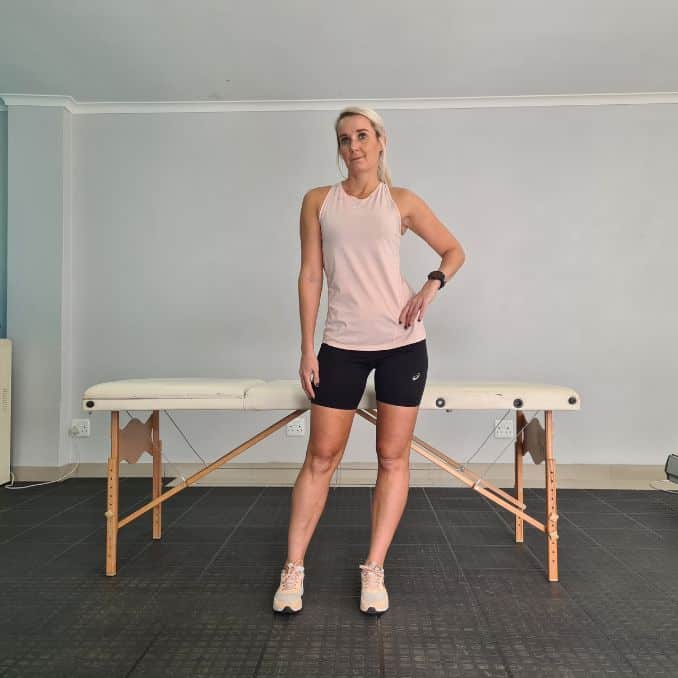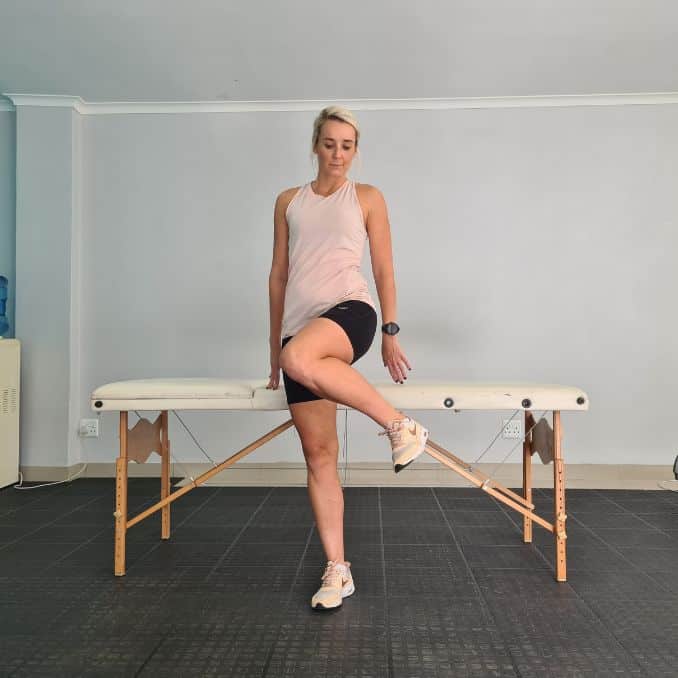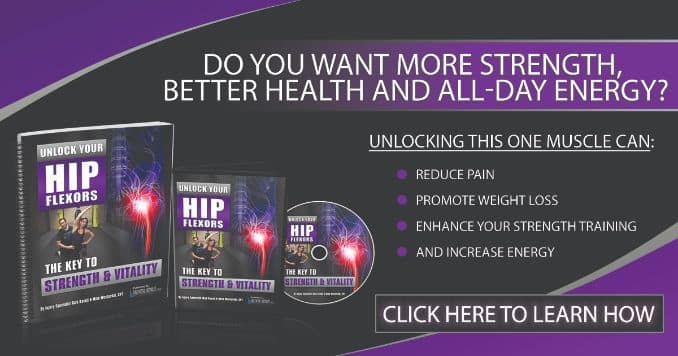Tight hip flexors are something that a lot of people struggle with and there are many ways to know if you have tight flexors. It can cause a lot of discomfort and even lead to other issues like lower back pain if left untreated. They’re common in many individuals, especially those who sit at desks all day, stand on their feet all day or do a lot of activities that require bending forward.
These muscles are vital for many reasons:
- you can use them to lift your knees and bend forward
- they help you run faster by extending your legs faster
- they also help protect your pelvis from injury.
If you have tight hip flexors, you may find it difficult to:
- put on pants and shorts
- squat down
- bend forward without feeling some twinging pain in the front of your thighs.
If this sounds like something you deal with often, read on to learn more about how to relieve it. Here are 5 ways that you can know if your hip flexors are tight:
1. Tightness in the quads, hip, and back area
Lie down and inventory how you feel in your quads, hip, and back area. If you feel tightness in any of these areas, there is a high chance that you have tight hip flexors.

Tight quads and hip and back muscles will significantly hamper sports performance by causing a lack of power, strength, and range of motion. All these factors will impact your speed, agility, and endurance, which are all critical for any sport. Even though you might not be aware of it, the muscles in your legs and back play a crucial role in almost every activity that you do daily. Whether lifting weights at the gym, playing basketball, or golfing with friends, your quads, hips, and back all function as secondary movers to help you perform better during those activities.
2. Pull on your hip/low back or space between your low back and floor
Check on how the space is when it comes to your low back area. When you slide your hand underneath, there is an enormous arch, and you can quickly put your hand through. This is another sign that you have tight hip flexors.

Your hip flexors are a group of muscles that help you raise your knees towards your chest and also play a significant role in keeping your torso upright and stable during activities such as the plank, running, or lifting something from the floor. If these muscles are tight or overactive, they may limit mobility in other body areas. Tight hip flexors can affect your pelvis rotation, which involves several different body parts. Also, this leads to posture problems, pain, and even injuries such as a herniated disc or sciatica.
3. Knee to shoulders and sensitivity in front of the hip
Lie on your back and bring one knee towards your shoulders. If you feel a pinching or sensitivity in the front of the hip, that is a sign of tight hip flexors.

Tight hip flexors are a common problem in desk-based workers. When you sit for prolonged periods, the hip flexors shorten and tighten. This is because your body will adapt to the position you spend the most time in by tightening muscles often used and lengthening muscles that don’t get much use in daily life. It’s important to counteract this effect with stretches like the one demonstrated above.
You can also try lying on your side and hugging your knees towards your chest to stretch your hip flexor muscles.
4. Feel like an “old man” getting out of a chair
If you’re sitting for a while and when you get out of the chair, you feel stiff in the hips. This is another sign that you have tight hip flexors.

If these symptoms seem familiar, you should talk to your doctor. It’s always better to be safe than sorry. Hip flexors are essential muscles you need to live your daily life.
A weak hip flexor can cause lower back pain if an individual has a soft spinal stabilizer. An individual with difficulty maintaining a straight posture may have weak hip flexors. A weakened hip flexor can also cause the pelvis to tilt, which may contribute to posture issues and lower back pain.
You can also ask a friend to inspect your legs to ensure they are completely relaxed. Hold your knee while you lower your thigh until it is parallel to the ground. If you cannot lower your thigh to the ground, your hip flexors are tight.
5. Minimal internal/external rotation in the hip
Stand upright with your feet shoulder-width apart. Bend one knee up, ideally at 90 degrees. Bring your heel out and back in. If you have minimal to no internal/external rotation, that is a good sign that you have tight hip flexors.
The movement demonstrated above is very easy to do and can be done anywhere at any time. A kinesiologist or physical therapist may recommend a mobility drill to help you if you have tight hip flexors.
In summary, by doing these drills, you will be able to identify if you are suffering from tight hip flexors, which also force the hip flexor muscle to stretch and relax.
These movements are only meant to test and stretch the hip flexor muscles, which will help to ease the tension and pain in the area. Once you have diagnosed yourself with a tight hip flexor, you can start the recommended exercises to help loosen the hip flexor muscles, then try doing some exercises to help you with tight hip flexors. If you are still deciding what exercises to test, talk to your fitness professional or kinesiologist for helpful advice.
Maintaining a steady pace is the most important thing to remember when doing these activities. If you feel any pain or discomfort, discontinue the exercise and start again at a slower pace. In this way, it can help you how to know if you have tight hip flexors.



